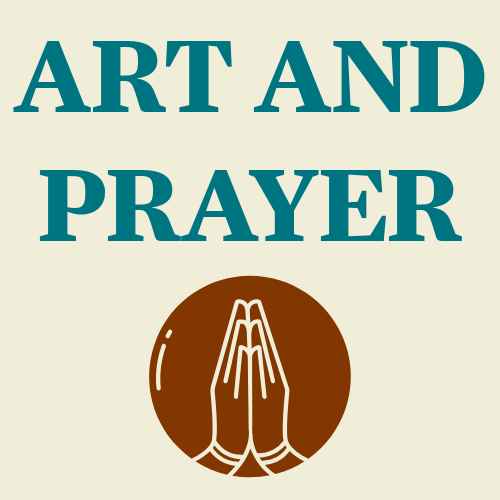Praying with Claude Monet's "The Japanese Footbridge and the Water Lily Pool"
What if the beauty of nature could speak directly to your soul? Join Rev. Rob McPherson as he explores Monet’s The Japanese Footbridge and the Water-Lily Pool and Jesus’ invitation to trust God beyond worry. Discover how art and scripture together inspire a deeper peace and a call to live in harmony with God’s creation.
Luke 12:22-31
In this episode of Art and Prayer, Rev. Rob McPherson invites us into a contemplative encounter with Claude Monet’s The Japanese Footbridge and the Water-Lily Pool. Though Monet’s paintings were not created with explicit religious intent, many—including Rob—have found in them a deeply spiritual experience. Standing before one of Monet’s large canvases can evoke a sense of awe, calm, and connection with the natural world that opens the heart to God’s presence. This episode explores how art and nature together can bring healing and balance amid the stresses of modern life.
The meditation begins by reflecting on personal experiences of nature’s restorative power—how the sound of birds, the breeze in the trees, and the quiet flow of water remind us of God’s sustaining presence. Monet’s depiction of lush greenery and tranquil water captures this vibrant life force, inviting viewers into a moment of peace and spiritual renewal. Rob encourages us to consider how such natural beauty serves as a message from God, a reminder not to be consumed by worry.
The scripture reading from Luke 12:22-31 underscores this message. Jesus’ teaching to not worry about basic needs but to trust in God’s care for creation reminds us of our value and God’s providence. The passage challenges us to let go of anxiety and “set our sights on the kindom of God,” opening ourselves to a deeper faith rooted in trust rather than control.
Attention then turns to the painting’s details, supported by reflections from art scholar Gary Gao. The dominance of green symbolizes the strength of natural life, while the Japanese footbridge—subtle and blending into the environment—represents harmony and order within nature’s seeming wildness. These elements invite us to consider how human life and activity can integrate respectfully with the natural world, as well as how balance might be restored in our own lives.
Throughout the episode, viewers are gently invited to listen for God’s voice, to notice what God might be saying through the painting and scripture about where to place trust, how to release worry, and what steps toward spiritual and practical renewal are needed. The episode closes with a hopeful prayer that this time of reflection brings growth, peace, and openness to the ongoing work of the Spirit in everyday life.





